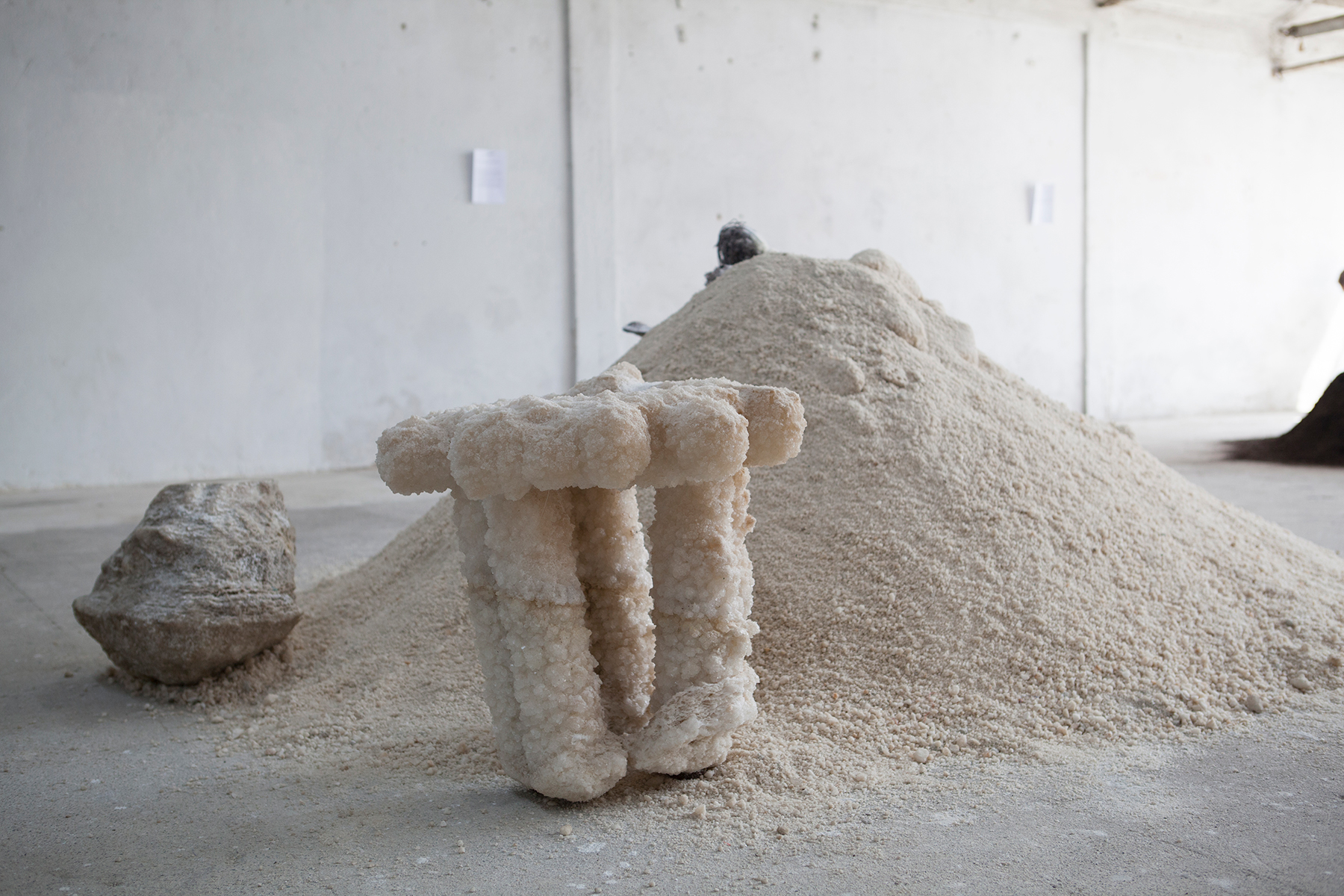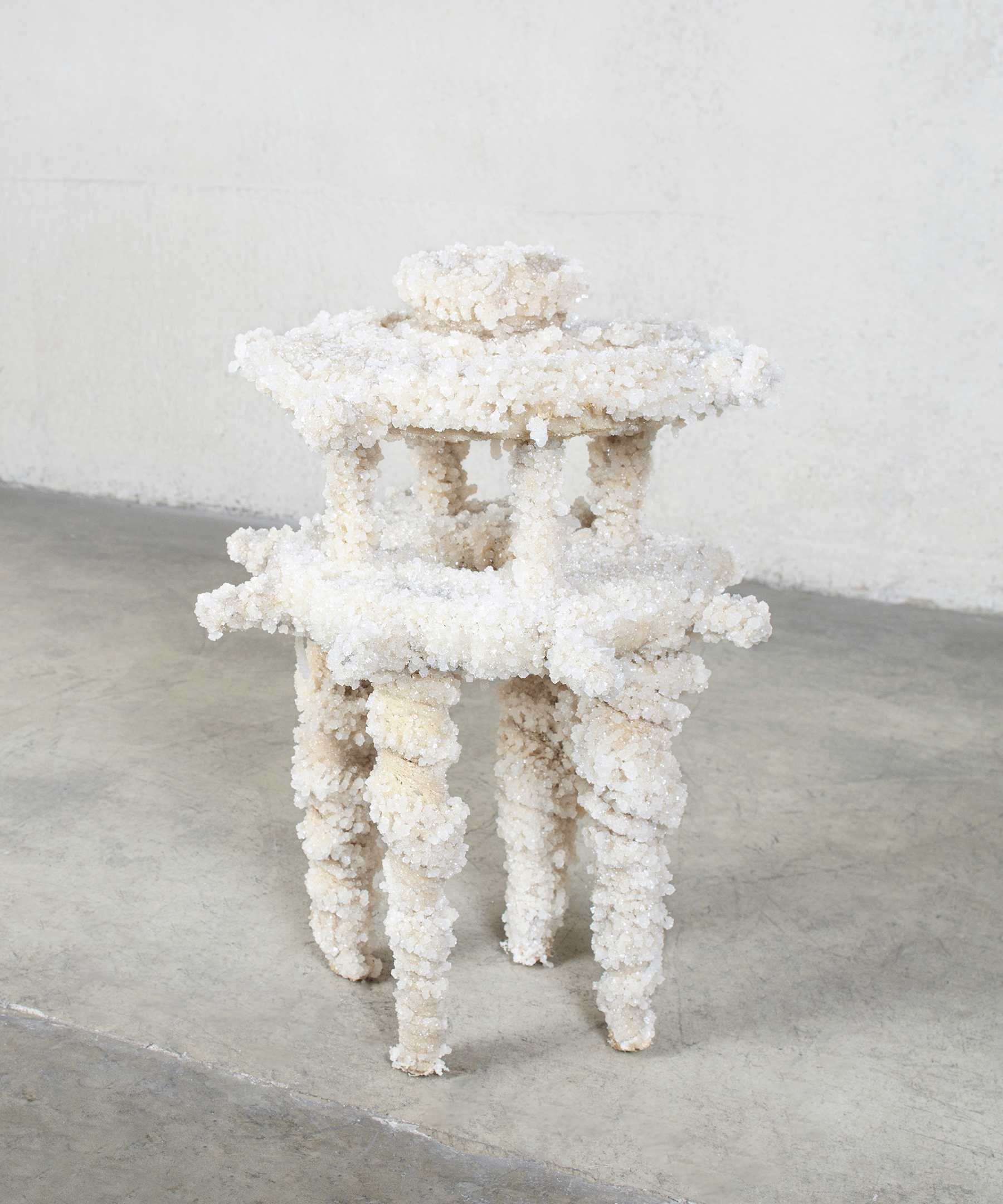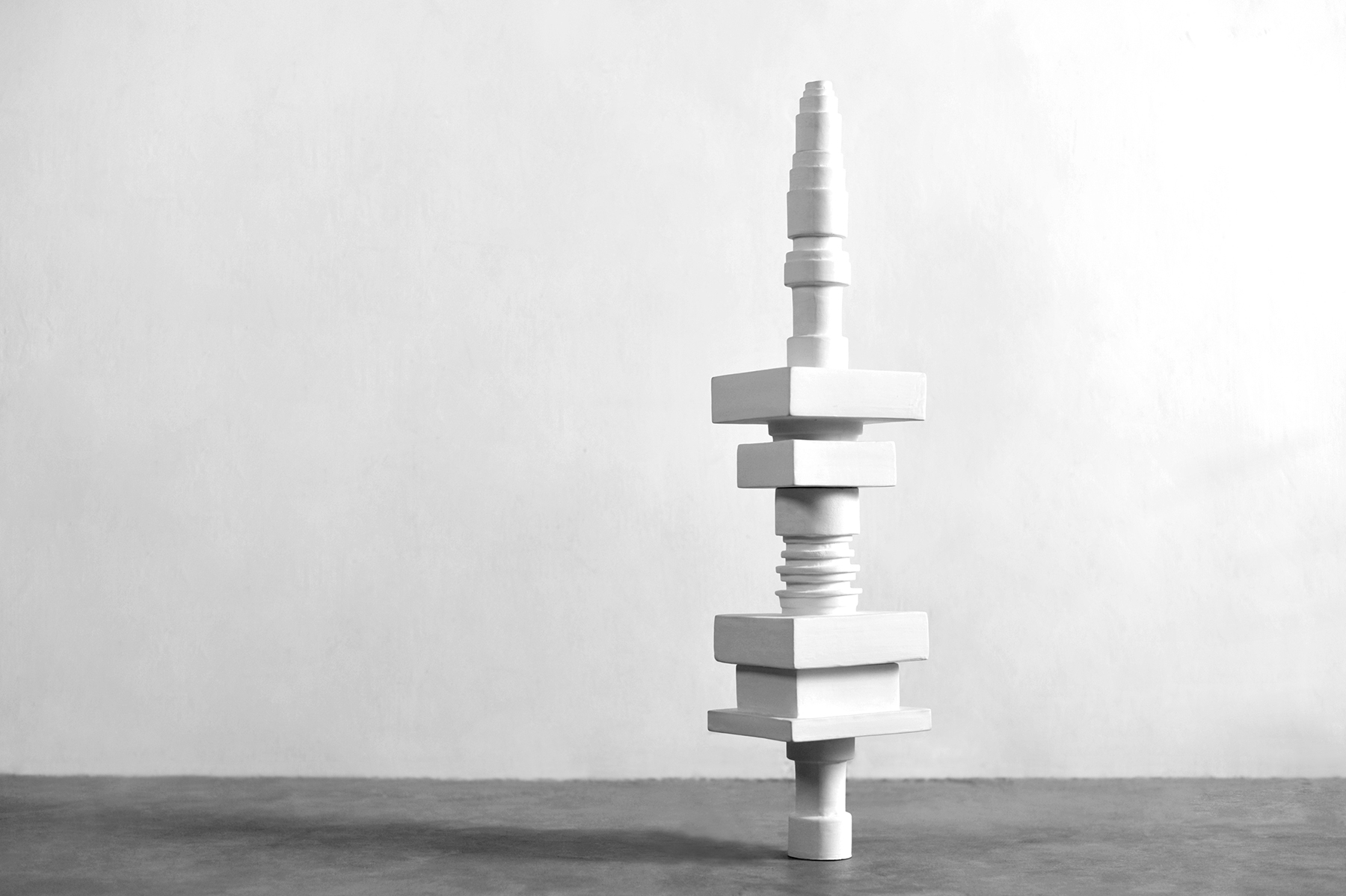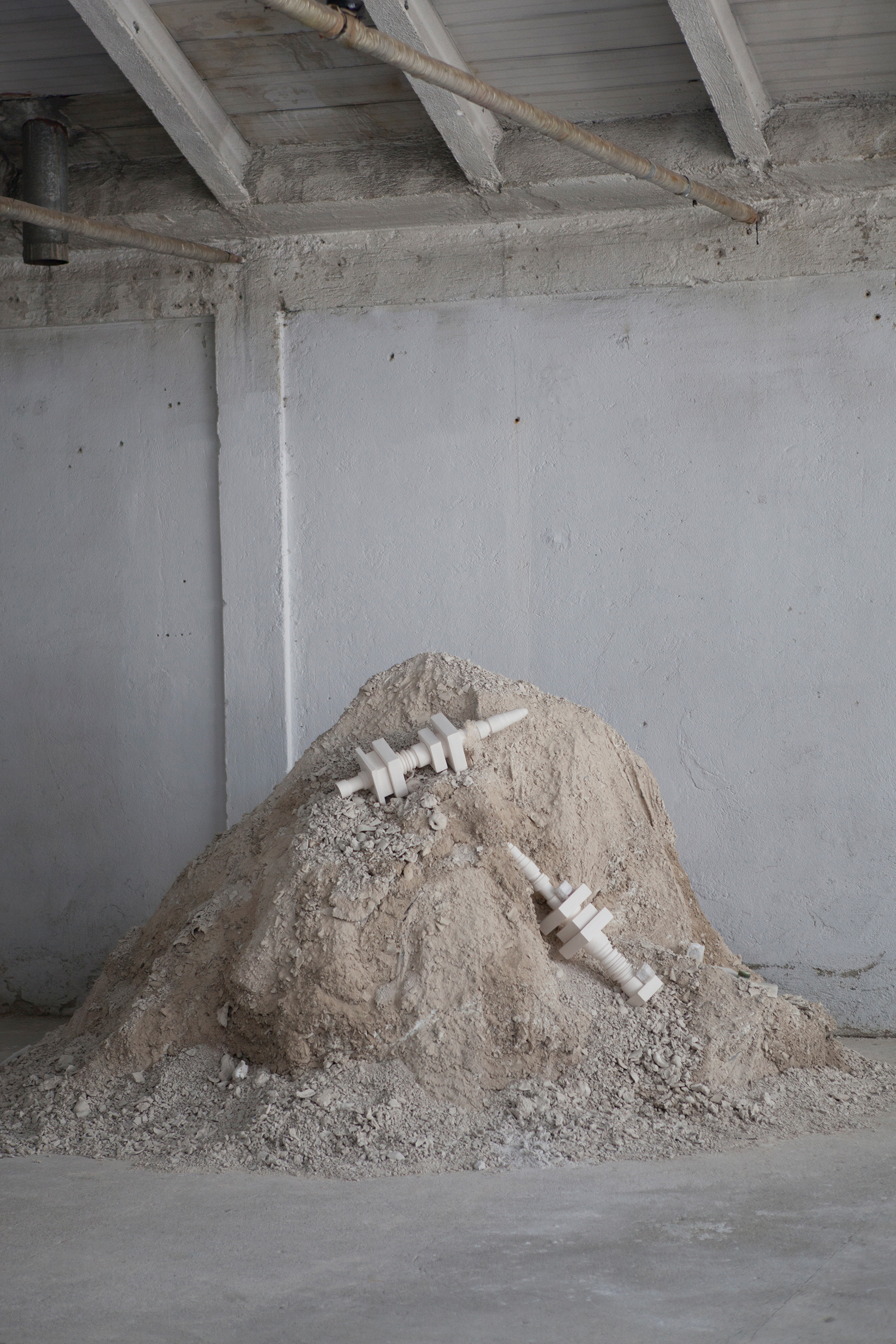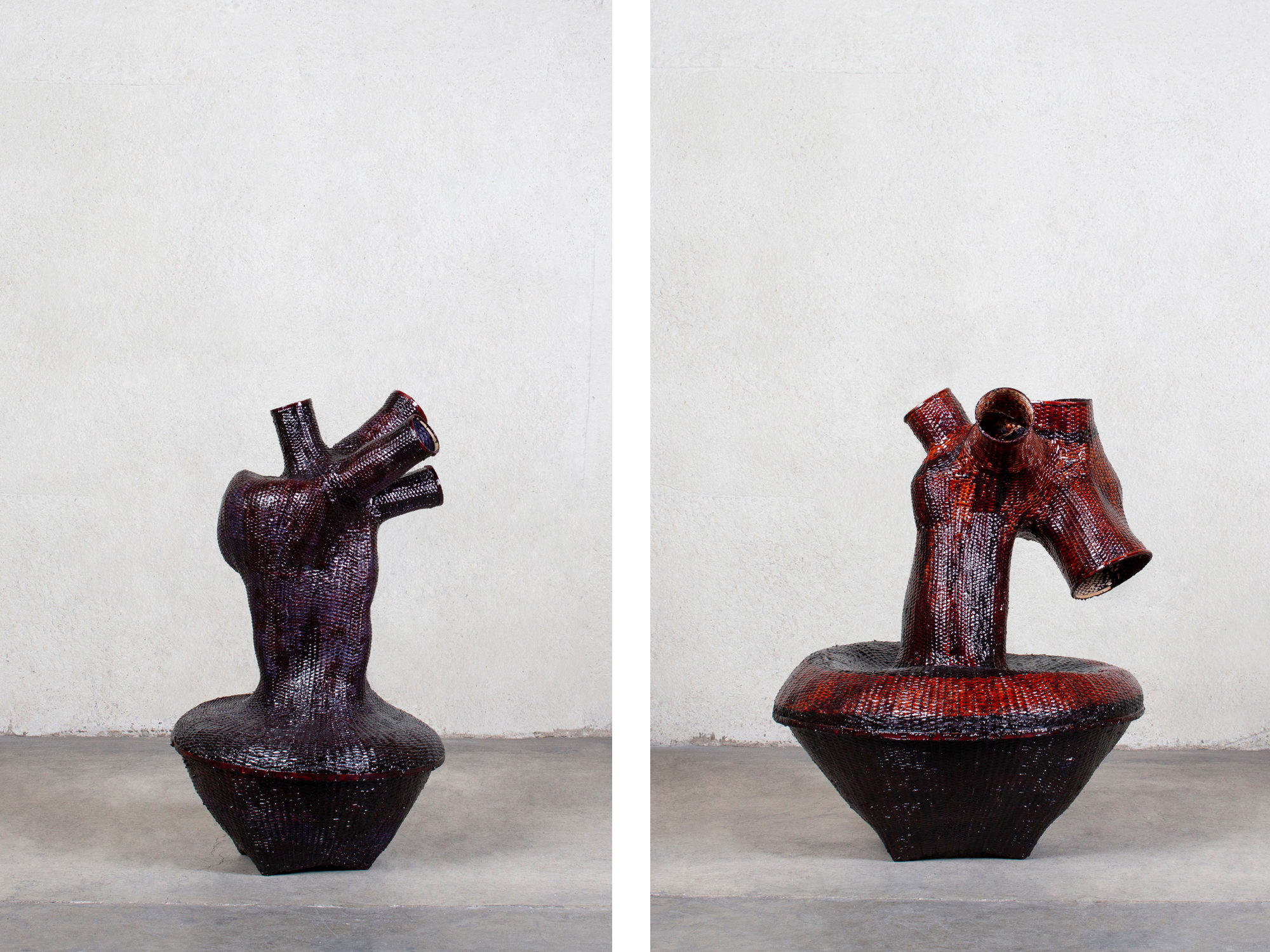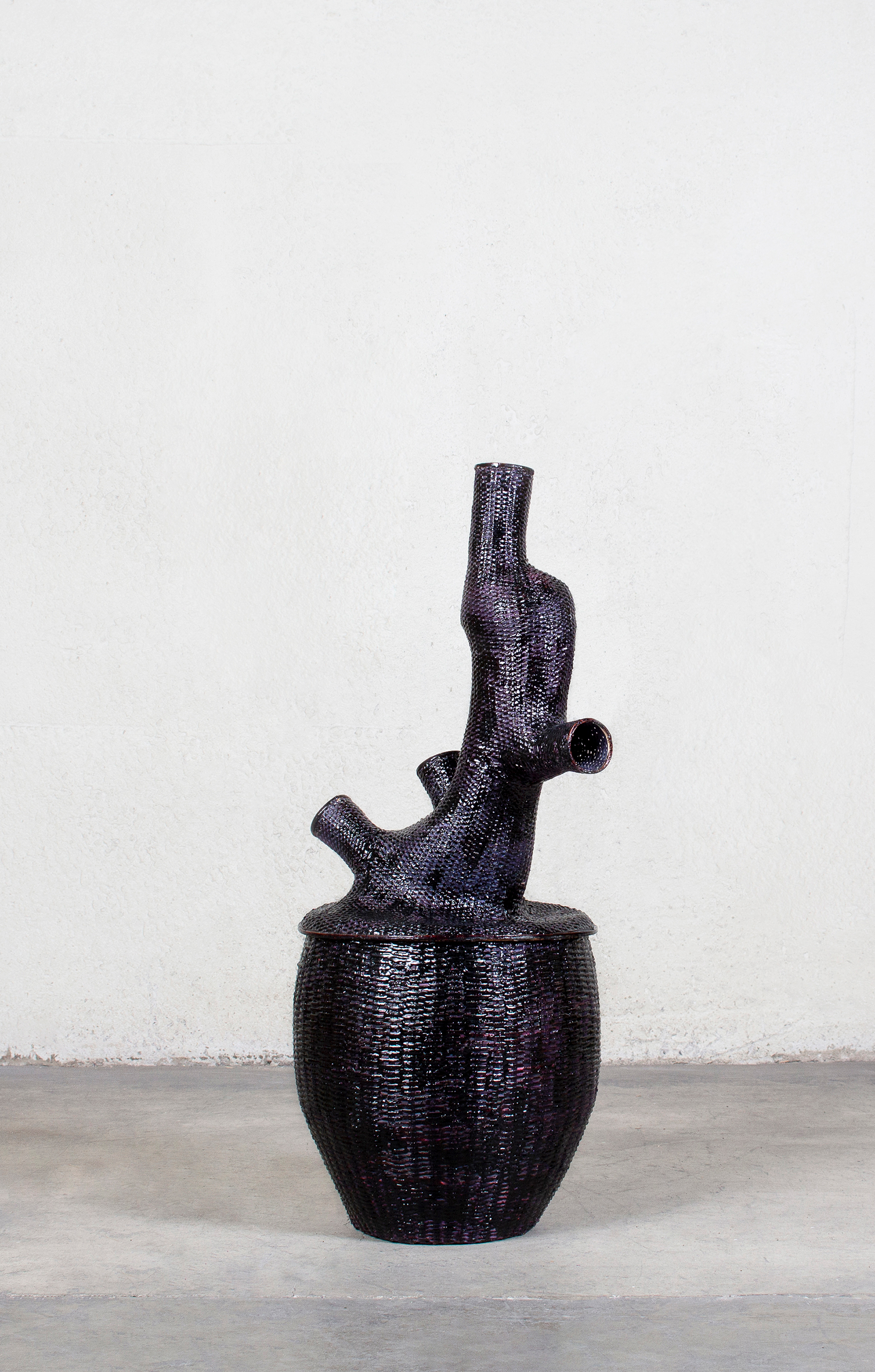Here, we ask designers to take a selfie and give us an inside look at their life.
Age: 36
Occupation: Designer.
Instagram: @p_a_p_i_x_
Hometown: Tel Aviv.
Studio location: Earth-based.
Describe what you make: I practice research and design around the world as a doctoral student investigating the topic of vegan design. The objects I design are more conceptual and artistic; I want to provoke the users to think before they consume and to question the notion of design or the role of the designer in the 21st century.
The most important thing you’ve designed to date: A water filter for a tribe in Ethiopia. The project is still in development, but it has sparked interest and so much excitement in the tribe. The filters are made in the same technique and materials of the traditional Ethiopian basketry — using a local craft and materials to purify and utilize such a basic thing as safe water to drink.
Describe the problem your work solves: My work addresses issues such as moral degeneration and environmental degradation. Both are linked to animal farming that plays a major role in climate change. I’m trying to push the idea of producing 100 percent animal-free objects and promoting “clean design”—a cruelty-free practice that encourages a harmonious stage of living. By eliminating animal products, I’m reducing my footprint on the planet and pushing the shift towards the plant-based industry that’s so critical.
Describe the project you are working on now: The Luffa project. I’m growing my own materials on my studio’s rooftop, where I’m designing a collection of planters made with luffas that I sprouted myself. I’ve realized that as a designer, I double the amount of my solid waste, so I started collecting the remnants and byproducts of my consumption during the design process. Plastic bottles, wasted water, and luffa seeds that were part of my waste are emerging into a beautiful closed-cycle of self-growing and production. The luffas I grow are also used for my Bleached project, which is a series of stools covered with luffa and submerged in the Dead Sea to crystallize into salt objects.
A new or forthcoming project we should know about: Scaffolds, a new series of objects constructed from the crystallization of salt on a glass structure. The project examines a state of balance and stability by the combination of delicate and flexible materials and implies the need for restoration of the Dead Sea area. Each year, more than 500 new sinkholes open and pose a threat to those living in the area. Scaffolds is a conceptual project that will grow into a practical one: scaffolds that will eventually support a salt architecture on a stable soil in this region.
What you absolutely must have in your studio: Light and a Nina Simone playlist.
What you do when you’re not working: Swimming, reading, and eating vegan burgers.
Sources of creative envy: James Baldwin and Ettore Sottsass.
The distraction you want to eliminate: Social media.
Concrete or marble? Marble.
High-rise or townhouse? High-rise.
Remember or forget? Remember.
Aliens or ghosts? Aliens.
Dark or light? Light.


